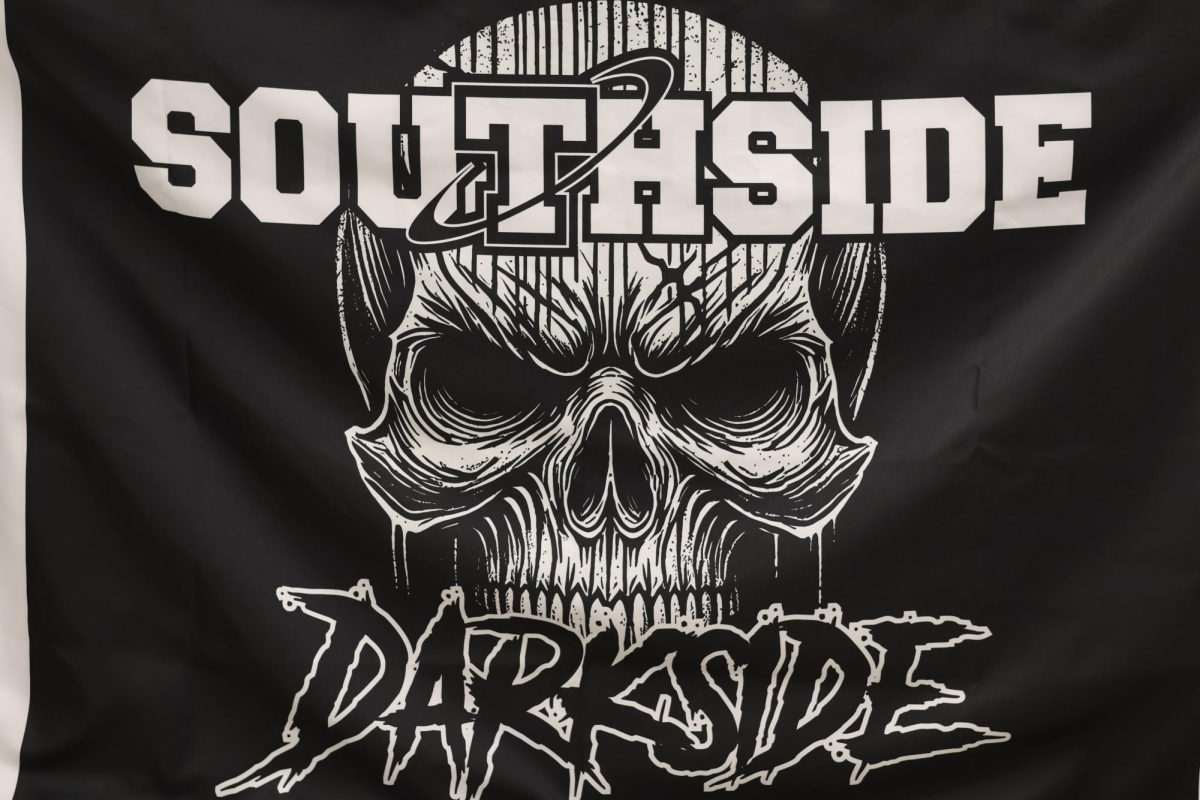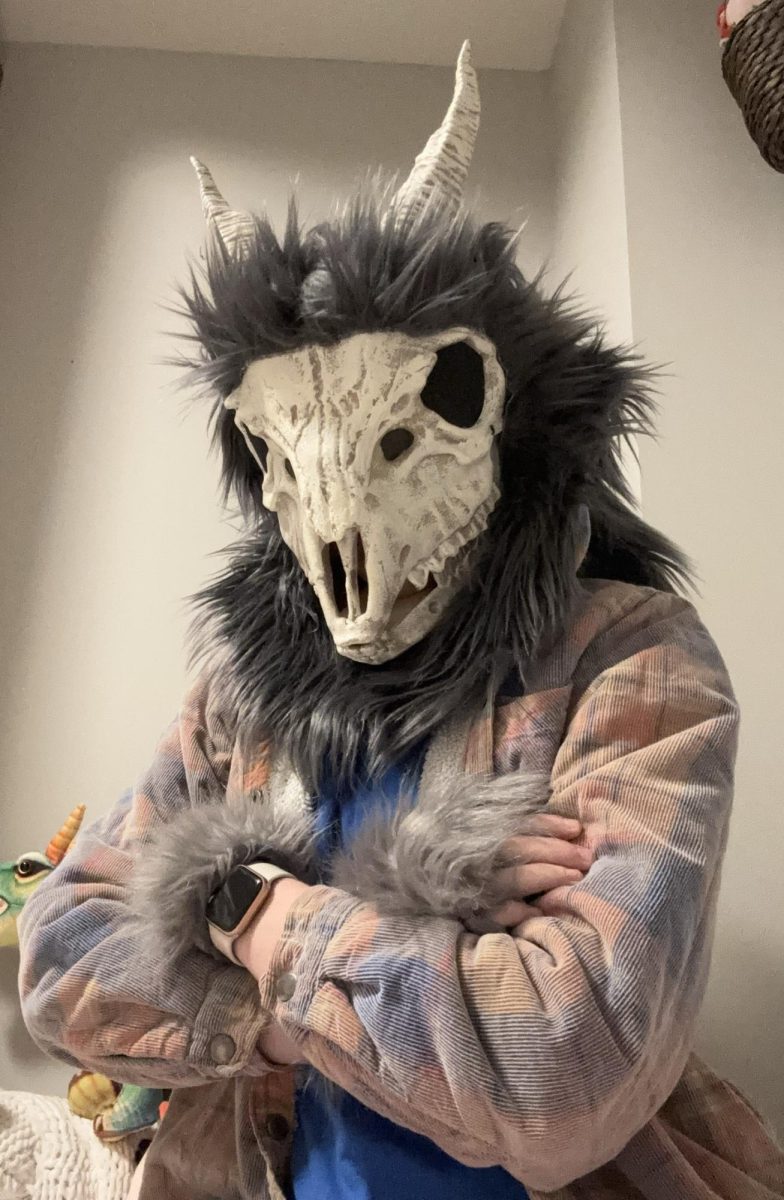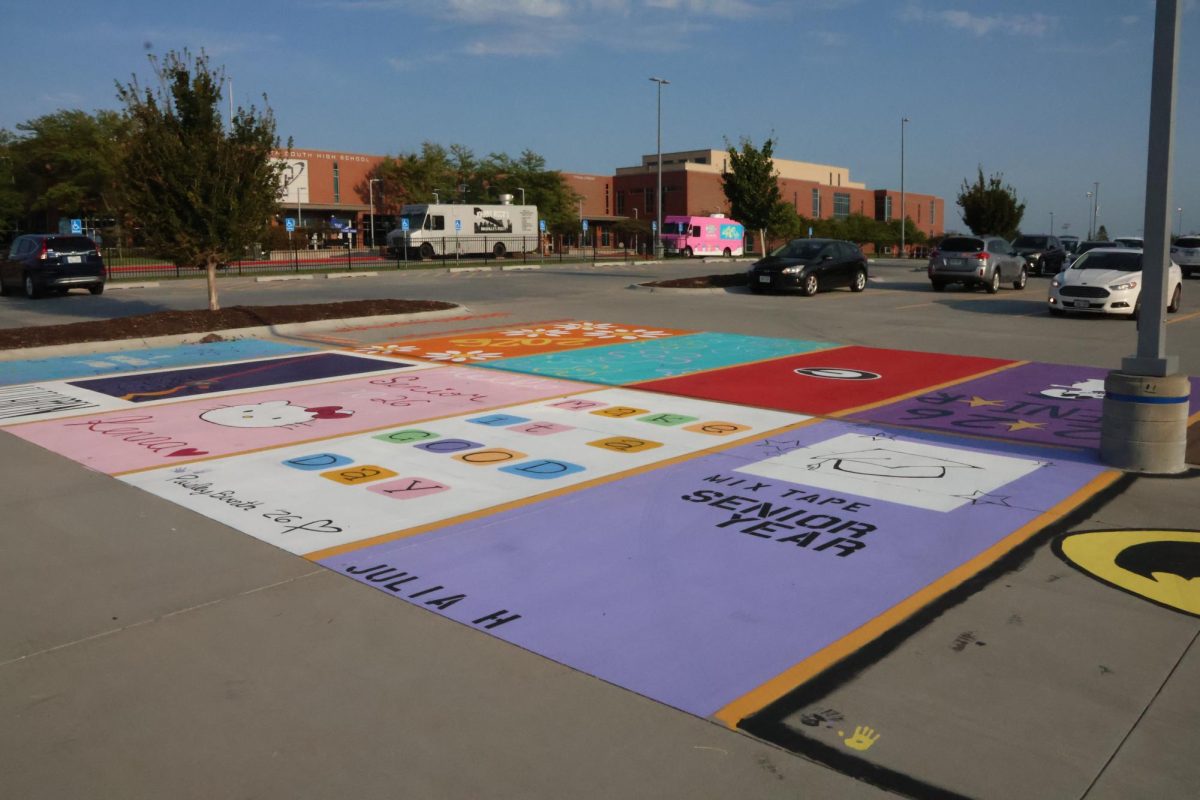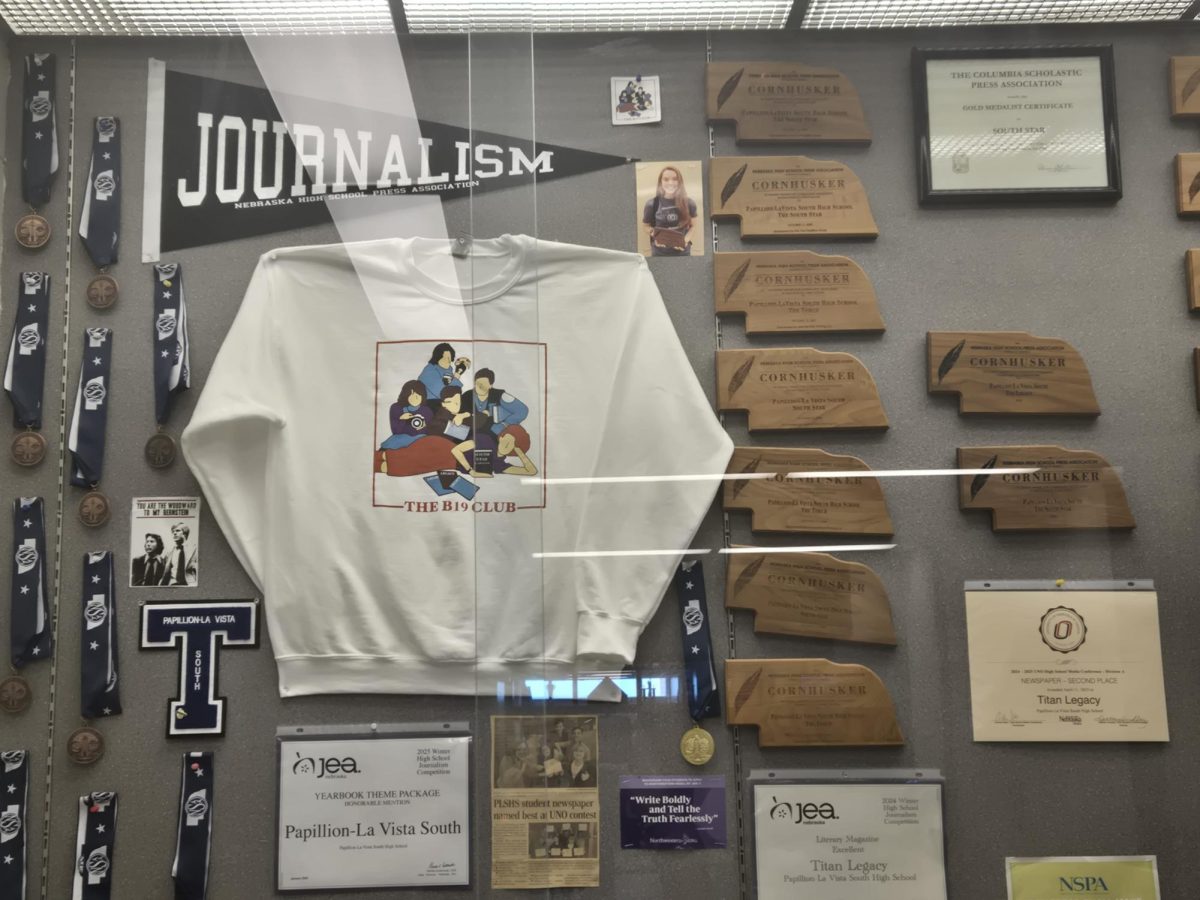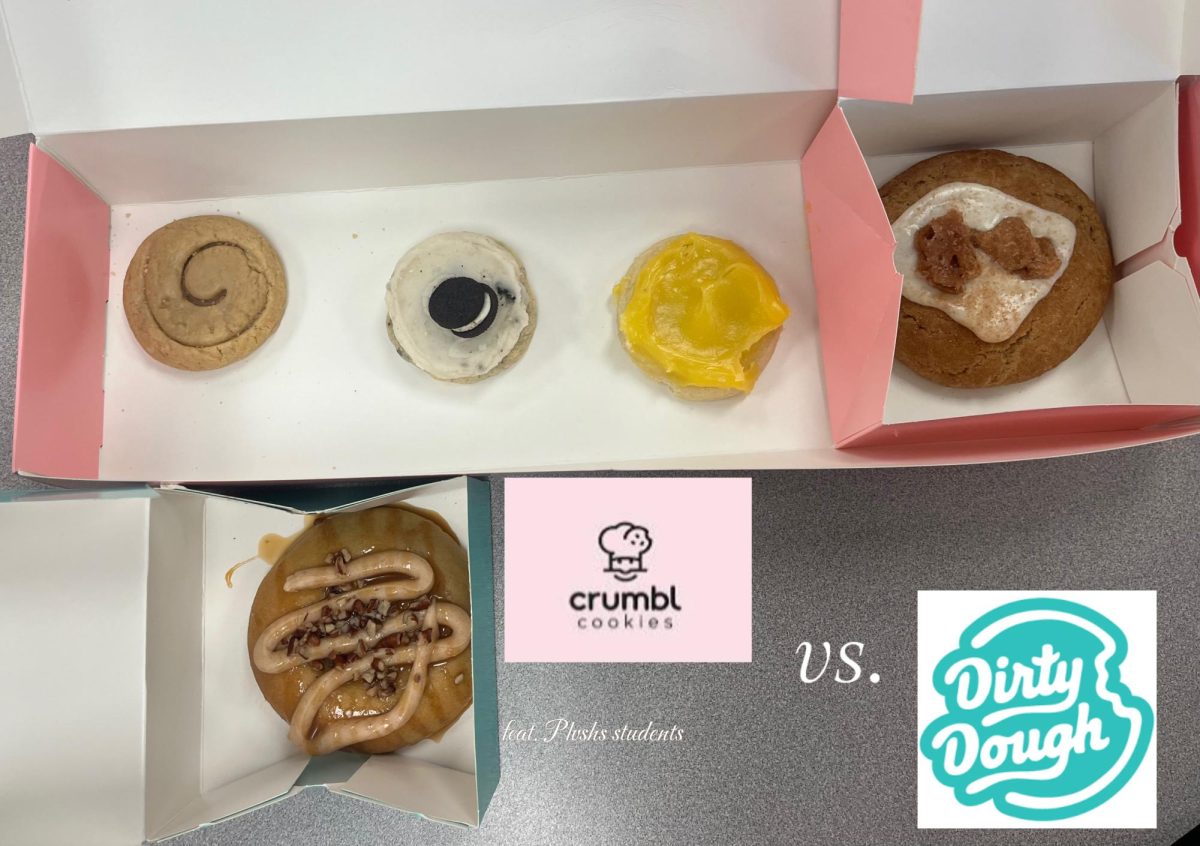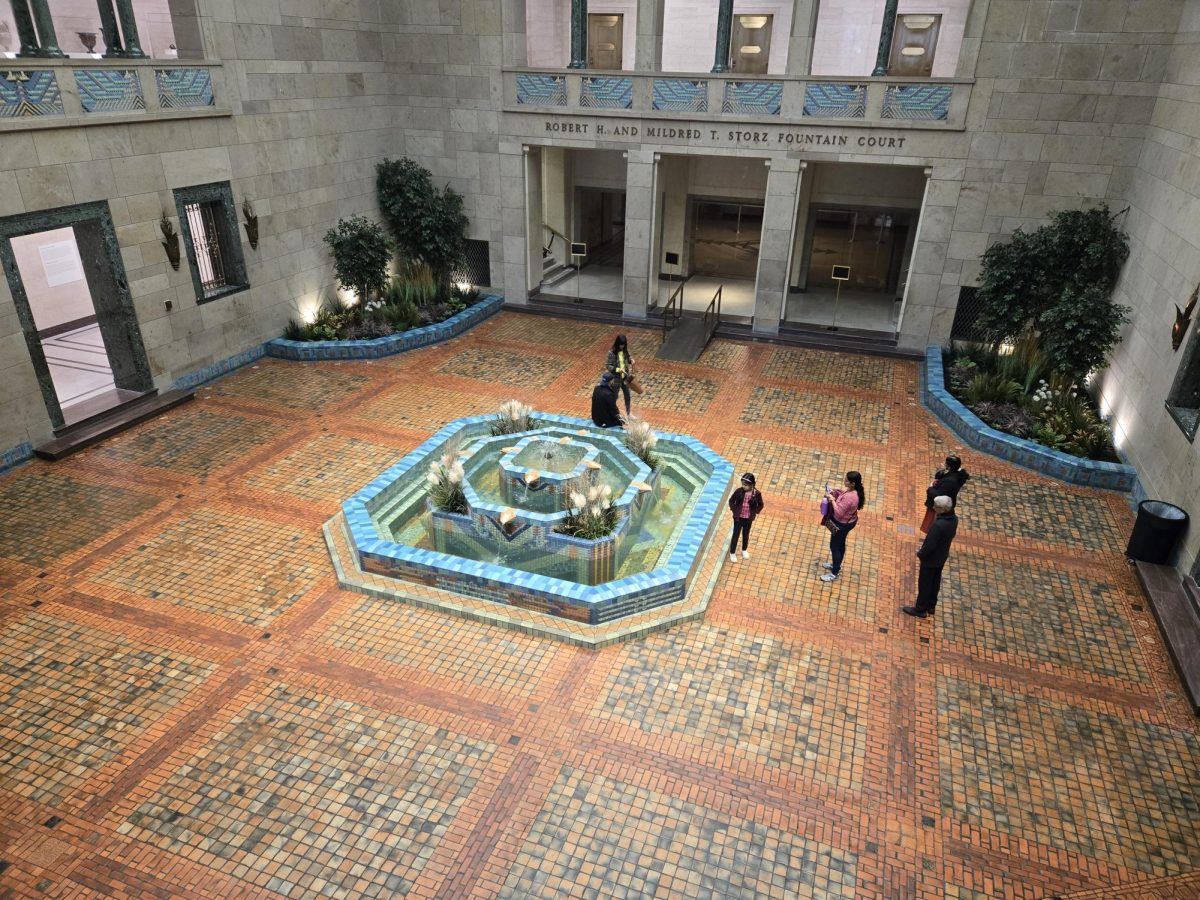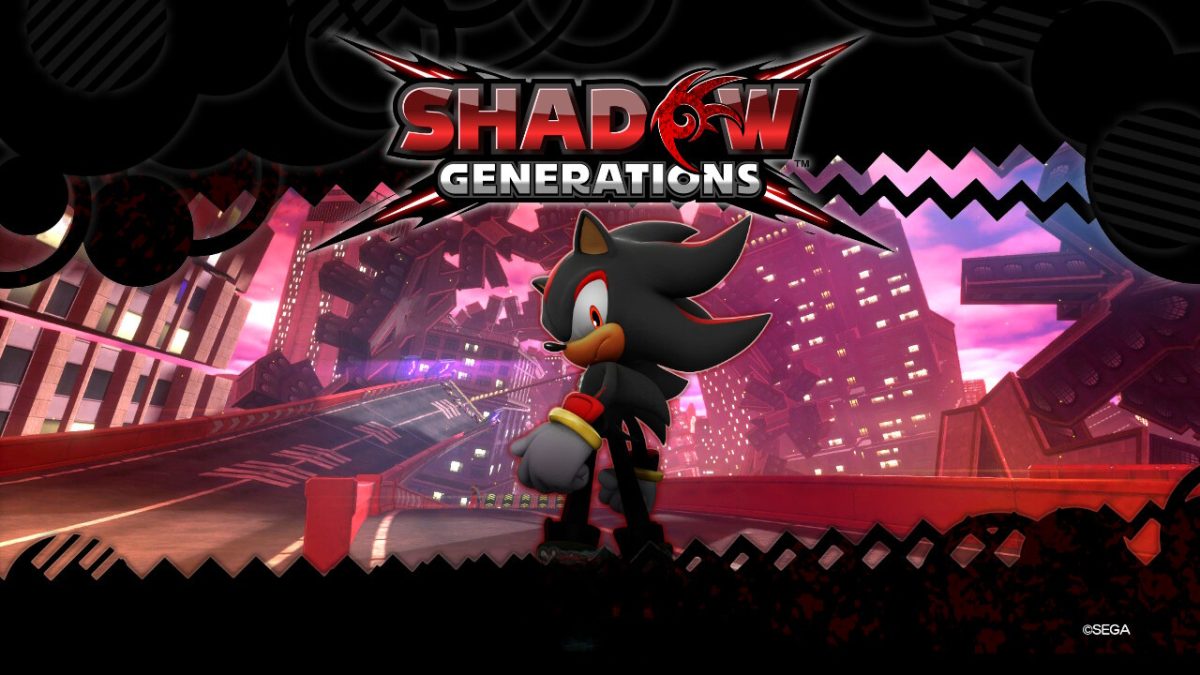Not so fast. Try second hand
December 1, 2022
With the heralding of even colder weather, and second semester always approaching, it’s very likely you’re on the lookout for clothes to buy, whether it be a coat, pants, or accessories. You might consider buying a new look from a name brand, getting some cheaper items from Shein, or just settling for a few practical pieces at Walmart. If you’re having difficulty knowing how to expand your current wardrobe with the approach of winter, I suggest thrifting, a growingly popular and very ethical option.
With thrifting’s climb in popularity, though, there has been another, equally large movement around what is called “fast fashion.” You might be familiar with the most popular example, Shein, or with other retailers such as Romwe or Zaful, online stores known for flashy pop-ups and unbelievably low prices.
Although these sites might at first appear perfect for new slacks, scarves, sweaters, or seemingly anything you could imagine, they aren’t all that they seem. Really, they signify a profound problem in the fashion industry that goes on without most people’s knowledge.
The Fashion Cycle: What is it?
Much like changing seasons, fashion moves in a cycle. Laura Hampson of The Independent, a popular U.K. newspaper, says that a single style goes through five stages in its lifetime: introduction, increase, peak, decline, and obsolescence. As many are familiar with, fashions usually regain popularity some time after they were originally introduced, even if they faced a dormant period of obsolescence. We see this in the resurgence of scrunchies, bomber jackets, and flannel shirts, which were popular in the ’90s, and are now considered stylish once more.
The fashion cycle has always been about 20 years long, with that also being the amount of time it takes for an obsolete style to make a comeback. However, this cycle has been growing markedly shorter in recent years. Already, styles from the early 2010s are becoming trendy again.
If I were to ask you what style defined the late 2010s, you probably wouldn’t be able to answer very easily; many popular looks have been merely amalgamations of past styles, with almost none being original or distinctive to our age. Fashion cycles are shortening, and new cycles aren’t being started, which raises some questions: Why is this happening, and who is it benefiting?
The Modern Acceleration of Fashion
Every 21st-century commodity of value must be fast—the food, the phone, the car, and the coffee. We are always in a rush, because we always need to see the next most exciting thing; if it’s old, it’s cold. This insatiable need for variety and freshness affects people’s attitudes toward their wardrobes. Nowadays, it feels as if clothes should be constantly bought, old styles revived, and collections released.
To accommodate the modern thirst for novelty, fast fashion was born. As soon as a new garment appears on the runway or the marketplace, companies such as Shein mass produce similar items from subpar materials at a very low cost.
These “fast” garments are not made with durability, comfort, or tasteful design in mind. Rather, they are made to be bought at a low price, worn usually only a few times, and then disposed of. With such low prices, a customer can justify stuffing their cart, and eventually tossing all that clothing later on.
The established order of fashion has been abandoned in favor of frequent releases, banking on bulk purchase and quick obsolescence. The garb produced by manufacturers like Shein can be likened to low-effort content on social media; it is released en masse, not to satisfy a creative urge or to address a real issue, but to be consumed at the highest volume possible.
The Issue with Shein and Fast Fashion Retail
In addition to exploiting (and most likely causing) the accelerated fashion cycle, companies like Shein have been known to exploit labor as well. This year, the U.K.’s Channel 4 sent an undercover journalist to two Shein factories in Guangzhou, China, to find what was going on under the hood. Employees were expected to produce 500 items of clothing each day, with only one day off each month. According to The Cut, a branch of American magazine New York, those factory laborers often work up to 18 hours a day.
Shein has come under fire in past years for other issues, such as questionably sourced materials, the copying of independent designs, and unethical use of customer data. Shein has posted very surface-level denials on their TikTok page—found alongside cutesy videos boasting ethical working conditions and an adherence to labor laws.
Even if all allegations against Shein were found to be untrue, the level at which they produce goods is still unhealthy for both the fashion economy and for the environment. The amounts of polyester and plastic they put into circulation, along with the emissions that must come from such active factories, are surely not beneficial for the planet. If the fast-fashion industry and the modern fascination with novelty that drives it continue, they spell doom for the economy, for the atmosphere, and for us as clothes-wearing people.
The Second Hand Alternative
There is hope for the economy and environment, though, in thrifting, which has achieved an unprecedented popularity in the past decade. The buzz around thrifting is well-deserved: Not only are the prices affordable, but the clothing has lasted through previous owners, meaning it has both durability and character.
The resale and repurposing of clothes benefits those who wish to get rid of older styles along with those who want to try new ones; it is a symbiotic and mutually advantageous relationship. Most of all, thrifting is better for the planet; the clothing resale industry reduces textile waste and lowers the demand for new clothes to be produced, benefiting the environment greatly.
Instead of promoting a dependency on new releases, short garment lifespans, and eventual discard, thrifting defies obsolescence by giving new life to old clothing. It emphasizes a use of what we already have, rather than encouraging the 21st-century infatuation with freshness and abundance.
Second hand shops also give the working class an opportunity to find quality clothing at prices they can afford. Despite pre-ownership, most garments offered by thrift stores are still of excellent quality, and sometimes even designer brands can be found on the Goodwill racks.
Overall, thrifting is preferable not only to fast-fashion labels, but also to name brands and convenience-store goods. Thrifting is affordable, eco-friendly, healing to the fashion cycle, good for the working class, and a win for your appearance, since much of the clothing is actually very fashionable.
Other Routes to Sustainable Wear
A very practical skill one could cultivate is the craft of mending clothes. You don’t necessarily have to master the fanciest stitches or learn how to embroider; simply patching a pair of trousers or gluing the sole of your sneaker are great ways not only to extend their life, but also to give them a little personality.
If you know someone who can sew, you could ask them to help repair a more intricate tear, or perhaps to teach you a simple stitch so that you can do it yourself; mending clothing is a fulfilling pursuit, in addition to being good for the wallet, the hand, and the fashion economy.
Thrifting in Our Area
There are three second hand stores most readers are probably already familiar with, and those are the three near the Family Fare in La Vista. Goodwill, Thrift America, and Thrift World off South 84th Street are within a three-minute drive of each other. Thrift World is my personal favorite, but the others have their perks as well. Former choir student teacher Mr. Becker referred to these as “the trifecta” for very good reason.
As for others in Papillion, there is the Goodwill on Gold Coast Road just off Highway 370, right by Scooter’s Coffee, which I’ve found a lot of items at. There is also the Saint Vincent DePaul Thrift Store in Tara Plaza off North Washington Street, with a reportedly great selection.
In Bellevue, there is a New Life Thrift in Bellevue off South 36th Street, and a Goodwill on Town Centre Drive off South 25th Street, near the Walmart and Scooter’s. further down the road, in Omaha, there is a Thrift World on M Street near South 108th Street, a Goodwill Outlet on South 72nd Street near Highway 80, and a Goodwill off South 96th Street near Q Street.


![Pictured above is a structure that displays the names of Nebraska Vietnam veterans in order to “honor [their] courage, sacrifice and devotion to duty and country.”](https://plsouthsidescroll.com/wp-content/uploads/2025/10/Trey_092625_0014-e1760030641144-1200x490.jpg)







